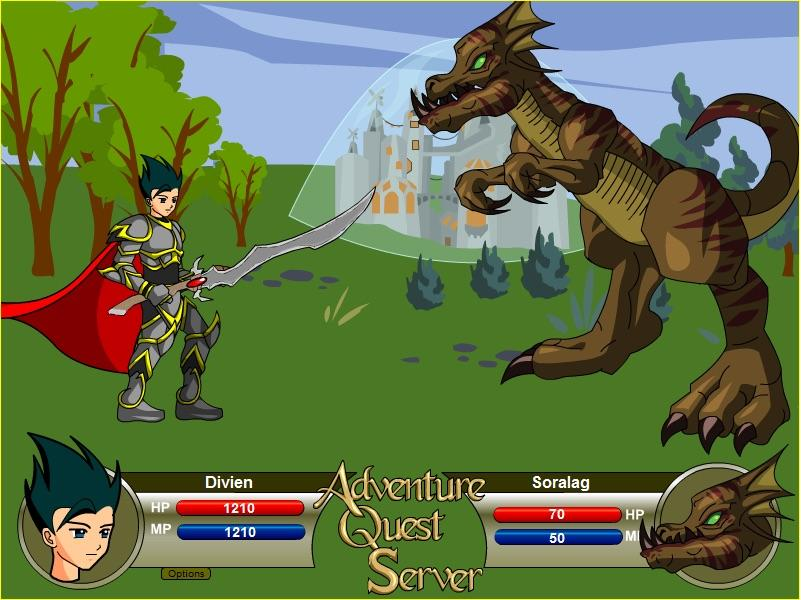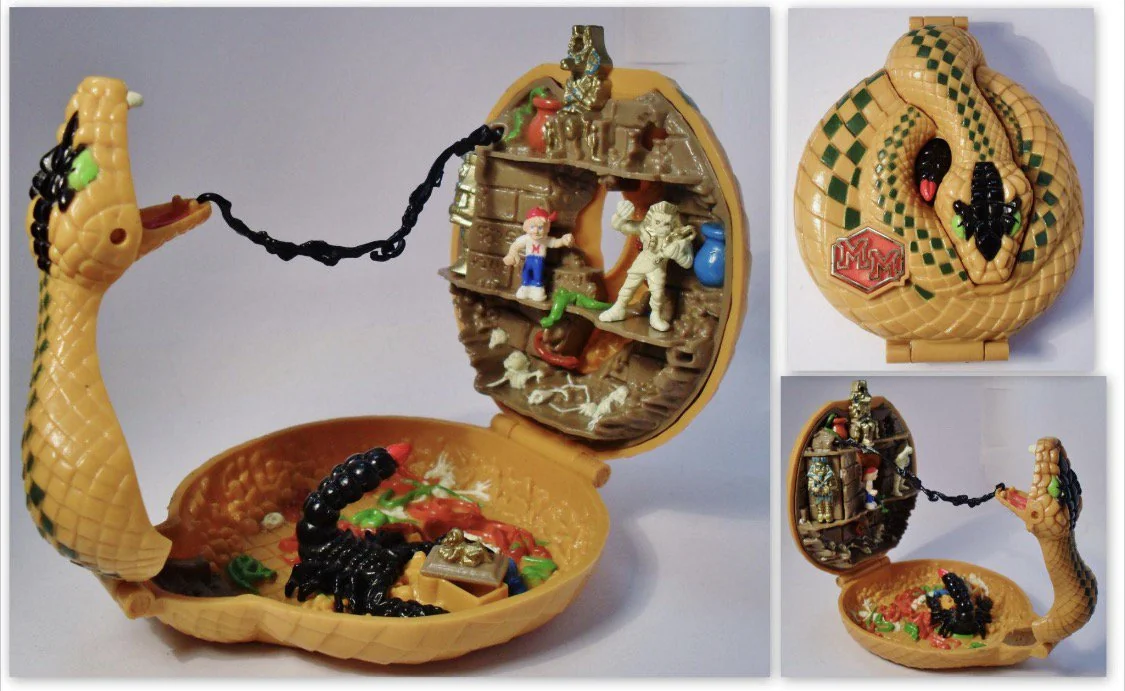I doubt this blog will circulate much beyond the people I personally share it with, but I may as well give a brief introduction in case someone stumbles in here. Several people I consider close friends, and who I hope would do the same for me, are members of the OSR (not OSRS) community. Some of them are rather prominent, but name-dropping would be gauche, so instead I'll just plug Save Vs. Worm, written by my dear girlfriend of many years. I've been a fan of tabletop roleplaying in theory since childhood, but owing to my reclusive nature had little practical experience up until being invited into this community. There are some aspects of the approach that I find intriguing, some others I personally wouldn't touch (I never, ever want to track ammunition), and plenty of friendly and supportive people willing to participate in/advise upon my first campaign.
It's traditional to provide an "Appendix N" (in Gygaxian tradition) at some point of works or ideas that serve as inspiration in a given referee's worldbuilding and style. Obviously, as an inhabitant of the nerdosphere of a certain generation, there are some sources too obvious to need naming (Lovecraft, a smattering of Howard and Moorcock, the vaguest recollections of Tolkien). Still, there are other particulars that may be more interesting, or at least more embarrassing and amusing. I'll try and name as many as I can think of, and may edit this post later, if Blogger supports that.
Vaults
I was homeschooled and mostly friendless. Naturally, I had a lot more experience with computerized RPGs than actual social tabletop ones. I'll attempt to glance over the opportunity for self-pity and merely stick to the point - there's a lot of particular aspects of RPG video games, mostly JRPGs but not universally, that have stuck with me for a long time and inform my approach, for good or for ill.
Completely random and procedurally generated dungeons are rarely remembered for their compelling level design. The random dungeon tables are a perfectly nice aid to an underprepared game master, of course, but they're hardly likely to stick deep in player memories themselves - any stories told after the fact are more likely to be about particulars of individual encounters or roleplaying scenes within rather than the donjon* as a whole. Video games are no exception to this rule - this is why 'endless' or unnecessarily long postgame dungeons are usually ill-regarded, as they either necessitate a complete lack of conscious design or the reuse of a limited set of rooms and floors. Of all the subgenres that struggle with this problem, none are so defined by it as the roguelike.
At one extreme lies Angband, which as far as I can determine is essentially wholly randomized, with all of its 100 levels consisting of either vast open wobbly caverns or endlessly winding labyrinths of serpentine corridors and squarish rooms. Its levels are so without identity that even the game does not recall them, re-randomizing each one the moment it is left. More in the bespoke direction is Nethack - there's definitely still some 'sameyness' and lack of identity among MOST floors in a given subregion of the dungeon ("branch"), but each branch distinguishes itself from one another with visibly different layout algorithms, and there are a few non-random levels with big attention-getting setpieces (a moated castle, a gorgon's island, the Elemental Plane of Fire). My favorite approach, perhaps colored by nostalgia, has always been Dungeon Crawl Stone Soup's. At first glance, the levels seem as unremarkable as those in many of its peers.
 |
| A maze of twisty little passages, all alike. |
 |
| An adventurer finds themself in a blood-spattered temple of Ru, god of Sacrifice. |
Adventurequest (et al.)
There are 2 RPGs I specifically remember being introduced to by my father in my childhood. One I know he played himself, at least occasionally. The other I assume, in retrospect, that he just found to keep me occupied; I recall (in that hazy way early childhood memories are usually recalled) creating my account for this one in a hotel room. AdventureQuest, the flagship product of indie(?) game company Artix Entertainment, was one of the biggest influences on my childhood understanding of RPGs and fantasy.
 |
| The ways in which it has aged are... mixed. (Picture from a deleted user on Reddit). |
also does anyone know how to beat the dragonbone phylactery at the end of the new necromancer quest line PLEASE i want to reach the last class level
The Battle for Wesnoth
Now this one I definitely remember watching my father play. I don't know precisely when I was introduced to this open-source strategy game, but I still remember some of its earliest creature designs before they were revised, so it would have to have been at least while I was in single-digit ages.
 |
| 72 by 72 pixels is more than enough for anyone. |
 |
| This is still the first thing I think of when I hear "Naga". |
I try not to be much of a hater, but I have no qualms being a contrarian. No Final Fantasy game after the fifth one, except MAYBE VI (I'm warming up on it, but it still represents the start of a lot of aesthetic and tonal shifts in the series that I'm not a fan of), has been good. The fact that this is when they switched to 3D and I stopped being able to look at nice, crisp sprites on RPGClassics is a total coincidence. XIV is a good enough MMO, but it's never gonna be V.
Final Fantasy as a series was pretty obviously born as an attempt at implementing AD&D on the NES, and the first installment makes this very clear in basically every regard. The Otyugh, Bullette and Carrion Crawler populate its dungeon environments, the bulk of the difficulty comes from resource management (potions, spell slots, inventory space), and one of its most important characters (insofar as it has characters at all) is a Marilith.
I don't need to tell you, if you're reading this, that Final Fantasy grew beyond those roots and became a juggernaut of a cultural phenomenon constantly trying to outdo its own narratives. What's of interest to me is that transitional phase, back before VI and VII became A Masterpiece and Square-Enix-Goya kept trying to innovate in more dismal plotlines, broodier protagonists and muddier shades of gray and brown. Games 2 through 5 still have a lot of that D&D identity under the skin, but it's in tension with its own emerging recognizable creative and mechanical identity. V, in particular, is my favorite - partly because of my ironic(?) crush on its main villain, partly because the class mechanics and a lot of its gimmicky subsystems appeal to me on a level I can't really articulate beyond 'cool', but also because of something harder for me to define.
Dungeons and Dragons, 4th Edition
Hear me out.
4e gets a lot of critique, some well-earned and some decidedly not. It definitely wears its new allegiance to capital, as a vehicle to sell goods, a lot more openly than even 3.x did. A lot of it was shamelessly built around the corporate mandate to sell as many overpriced cardboard sheets and plastic elves as possible. For what it's worth, it seems to me like 4e's design is good enough at what it wants to do, but I don't think it should have been a mainline edition of Dungeons and Dragons itself - it would have been better-served as a spinoff, a successor to Miniatures or Chainmail. It was, however, my first real point of contact with the series - I got into D&D after purchasing the first two 4e Monster Manuals at a hobby shop, which seems to be a classic variant on how to get into roleplaying.
 |
| Picture this: you're like 11 years old, you decide to check out this 'role-playing' thing after reading Order of the Stick, and you find this screaming withered intestine-beast on page 2. |
 |
| This is, of course, one of the better examples. Rose-tinted glasses, and all. |
Mighty Max
I never actually owned a Mighty Max playset, or anything particularly like one. They were decades before my time. But I found images of them on Virtualtoybox once, and good god, I was instantly enamored.
 |
| Mighty Max Conquers the Palace of Poison(TM). (Photos by Reddit user myloxyloto1987). |
*Get used to this. It is one of my most common, and worst, affectations.




